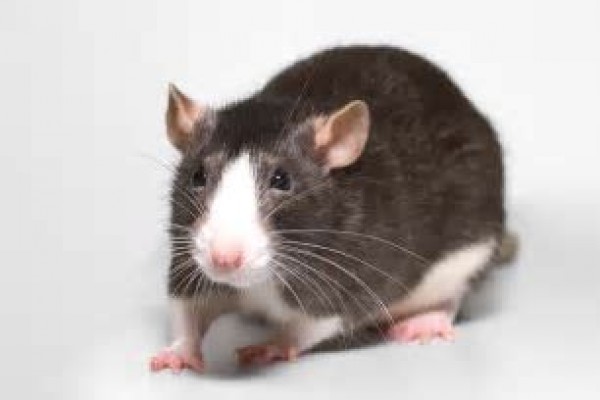Eliminating Invasive Mammalian Pests with CRISPR/gene drive

January 22, 2018
Rats and other non-native mammalian species have been a scorge on New Zealand's indigenous wildlife for centuries, and have proven virtually impossible to eliminate. Now, scientists at the University of Scotland's Roslin Institute and at MIT in Cambridge, Massachusetts have proposed a radical approach to their control. Using CRISPR to engineer genes that reduce fertility into a founding colony, and combining these deleterious alleles with a gene driver, it would be theoretically possible to to disseminate a suicide genotype through out the entire population, driving it to extinction. The phenomenon of gene drive has been known for many years, but has only recently been understood at the molecular level. Gene drivers force aberrant ratios of allelic distribution during meiosis, so that instead of 1:1 ratios in the gametes, a heterozygous gene driver allele will have an incidence of greater than .5 among the gametes. In this fashion, an allele, even though responsible for a selective disadvantage in the offspring, could eventually take over and destroy the entire population.
While appealing, there are many scenarios by which the technology could unlease unpredictable and catastrophic results. Assuming that the scientific community proceeds with great caution, it could be years before these strategies are applied in the real world. Nonetheless, the immense promise of this technology guarantees that it will be aggressively pursued.
Comments
Submit a Comment
Please be sure to fill in all information. Comments are moderated. Please no link dropping, domains as names; do not spam and do not advertise.

 RSS Feed
RSS Feed
There are currently no comments